Ong Bak 3 (2010)
July 18, 2025
Ong Bak 3 (2010) – The Ultimate Martial Arts Odyssey
Tagline: “A warrior’s journey to reclaim honor, power, and destiny.”
In the third installment of the Ong Bak series, Thai martial arts cinema reaches its most ambitious and breathtaking heights. Ong Bak 3 (2010), directed by the visionary Tony Jaa alongside his partner in choreography, Panna Rittikrai, is not just a martial arts film; it’s a journey into the heart of ancient traditions, spiritual warfare, and the power of the human spirit. This sequel picks up where Ong Bak 2 left off, seamlessly blending brutal action with rich cultural mythology, offering audiences a feast for both the eyes and the soul.
The Continuation of Tien’s Journey
In Ong Bak 3, the relentless warrior Tien (played by Tony Jaa) returns, but this time, he is broken. After surviving a near-fatal attack in the previous film, Tien is captured and taken to a remote temple where he is tortured and enslaved by a cruel and corrupt regime. The emotional depth of Tien’s character is more pronounced this time around, as he must not only fight to reclaim his physical strength but also his soul and his honor. The narrative revolves around Tien’s struggle for survival and redemption, as he discovers his spiritual roots and embraces the ancient art of Muay Boran, a form of martial arts passed down through the generations.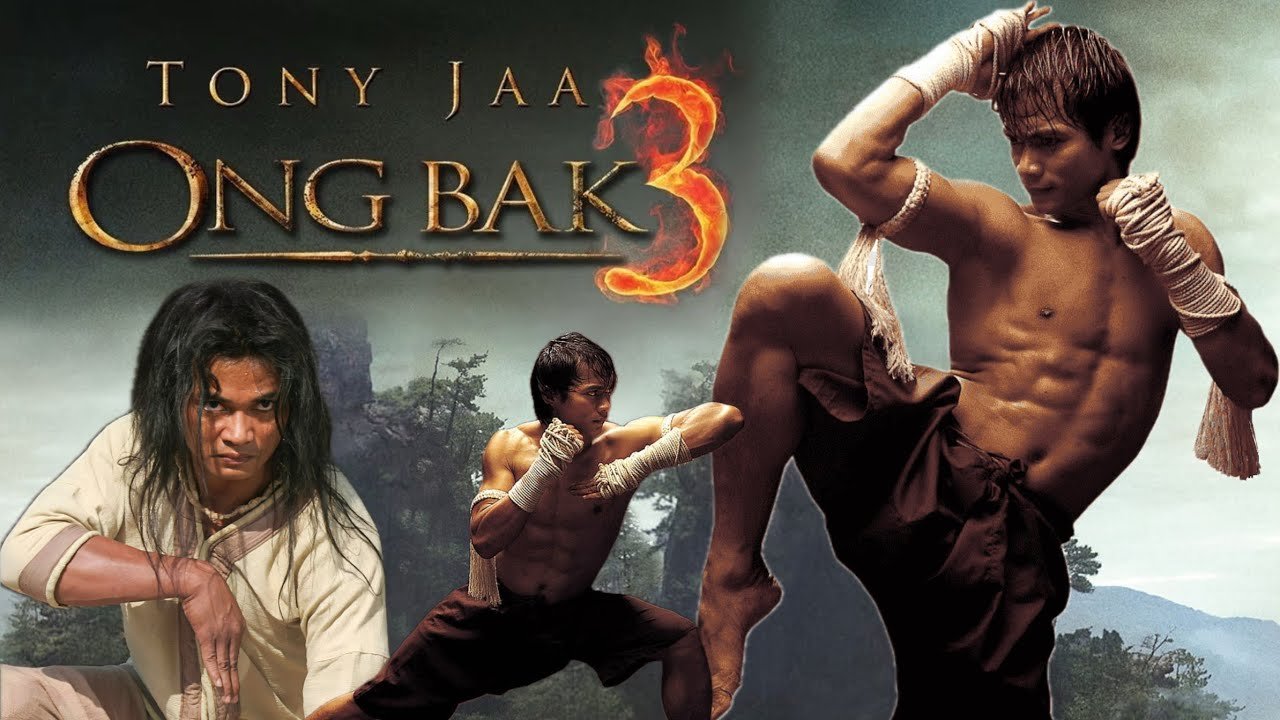
A Story of Revenge and Enlightenment
The plot is straightforward in its basic premise: Tien must avenge the death of his master and confront the evil forces that have captured him. However, Ong Bak 3 goes beyond a typical revenge tale. It delves into themes of spiritual enlightenment, the connection between the physical and the spiritual, and the ultimate price of vengeance. The film weaves in elements of ancient Thai mysticism, with Tien’s path to redemption requiring him to undergo trials that challenge not just his body, but his mind and spirit as well.
As Tien faces various trials, his internal conflict becomes just as important as the external battles. The film portrays his evolution from a vengeance-driven warrior to a wise and powerful force who understands that true power lies not in physical strength, but in spiritual balance. The philosophical themes are subtle but powerful, giving the film an emotional depth rarely seen in action-packed martial arts films.
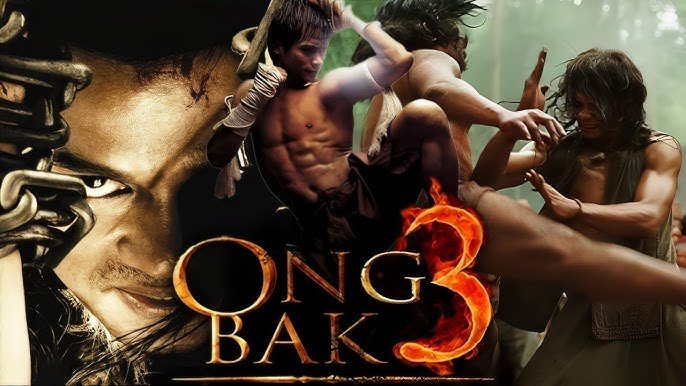
Choreography and Martial Arts Mastery
At the heart of Ong Bak 3 lies the unrelenting, jaw-dropping fight choreography that has become Tony Jaa’s trademark. The fight scenes in this film are, simply put, some of the most exhilarating, beautifully executed, and inventive in cinematic history. The brutality of Muay Thai is presented in its purest form, combined with traditional weapons, acrobatic stunts, and perfectly timed moves that leave the audience breathless.
The film’s action sequences are a testament to the dedication and precision that Jaa and his team put into each shot. From long, seamless fight sequences in the jungle to the intimate, soul-stirring confrontations within the temple, each battle is crafted not just for impact, but for emotional resonance. Tony Jaa’s dedication to performing his own stunts is evident in every punch, kick, and leap, which only amplifies the authenticity and intensity of the scenes.
The use of Muay Boran, the ancient martial art form, is another standout feature. The film delves into this discipline, showing not just the fighting techniques, but the spiritual and philosophical foundation of the art. This adds a layer of depth to the action, elevating the fight sequences from mere physical confrontations to moments of introspection and transformation.
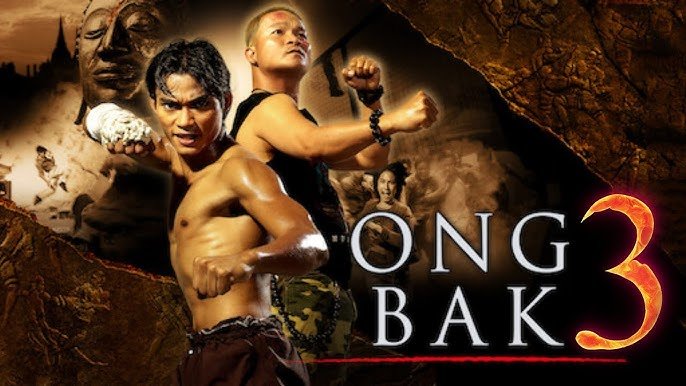
Visuals, Cinematography, and Setting
Visually, Ong Bak 3 is a stunning achievement. The cinematography by Chawalit Suriya is both lush and evocative, perfectly capturing the majesty of the Thai landscapes, the grandeur of the temples, and the intensity of the battle sequences. The setting plays a crucial role in enhancing the film’s atmosphere, with the vast jungles, towering stone structures, and sacred temples creating a world that feels both ancient and timeless.
The color palette is rich and earthy, with deep greens, golds, and browns, which evoke a sense of spiritual mysticism and historical weight. The film’s visual style is at once gritty and awe-inspiring, perfectly matching the thematic tones of honor, spirituality, and revenge.
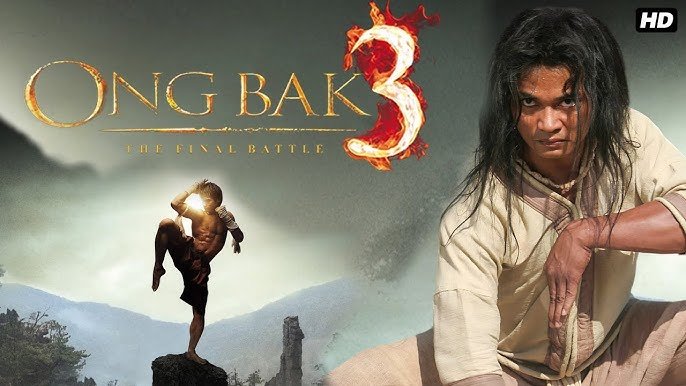
Supporting Cast and Characters
The supporting cast of Ong Bak 3 adds further depth to the story, with particularly strong performances from Thai actors such as Phanom Yeerum (Tony Jaa) and a standout role by Dan Chupong, whose portrayal of the antagonist is both menacing and memorable. While Tony Jaa takes center stage, the supporting characters are essential in creating a dynamic that shifts between camaraderie, rivalry, and betrayal, adding layers of tension to the story.
The female characters in the film, such as Pim (played by Bongkoj Khongmalai), are not just romantic interests but vital components of the narrative, contributing to Tien’s emotional and spiritual growth. They also serve as anchors in the chaos, adding a level of emotional investment that ties the action sequences to something more meaningful.
A World of Spirituality and Martial Arts
Unlike many martial arts films, Ong Bak 3 doesn’t just rely on fight choreography to tell its story—it embeds the philosophy of Muay Boran into its narrative. Tien’s journey isn’t just one of physical redemption, but of spiritual awakening. As he learns to harness the power of his body, he also discovers the importance of balance, discipline, and inner peace. These elements elevate the film, making it not just a story about vengeance but about personal growth and enlightenment.
The spiritual themes are explored through Tien’s relationship with the temple monks, particularly the master who guides him toward enlightenment. The use of meditation, breath control, and mindfulness practices ties into the martial arts sequences, showing how the body and mind must work in harmony to achieve true mastery.
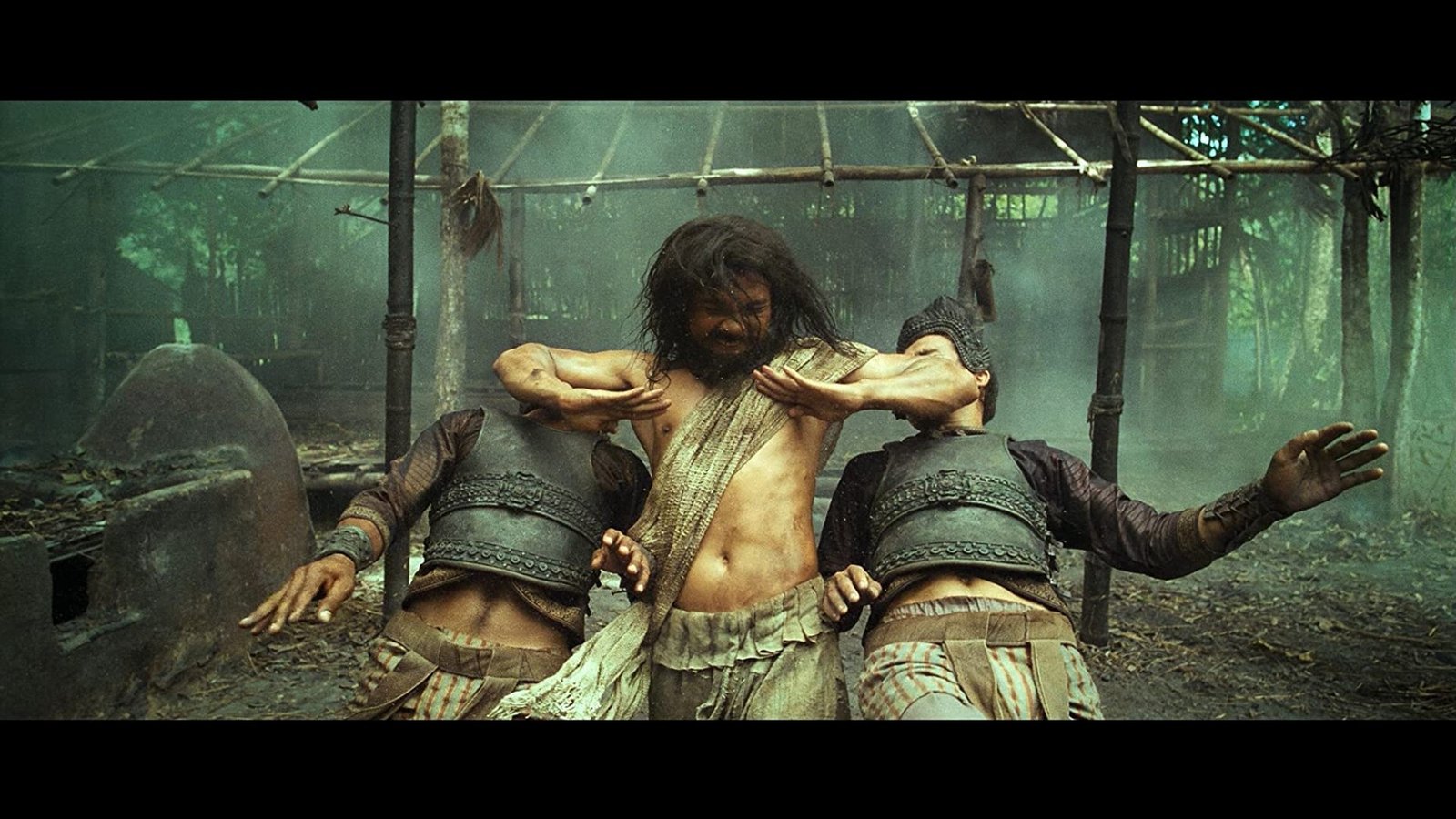
The Climactic Battle and Resolution
The film builds toward a climactic final battle that is both physically and emotionally intense. Tien, now transformed, faces the ultimate test of his strength, not only against his enemies but also against his inner demons. The choreography in this final battle is nothing short of spectacular, as Tien uses all the skills he has learned—physical, mental, and spiritual—to defeat his foes. The fight is brutal and poetic, with each strike symbolizing his struggle to let go of the past and embrace a new path.
As the film closes, the resolution feels earned and deeply satisfying. Tien’s journey from a vengeful warrior to a wise and enlightened fighter is beautifully realized, and the film ends on a note of hope, redemption, and the understanding that true strength comes from within.
Conclusion: A Martial Arts Masterpiece
Ong Bak 3 is a martial arts film like no other. It goes beyond the typical action tropes to explore themes of spirituality, redemption, and the transformative power of martial arts. With stunning choreography, breathtaking cinematography, and a compelling story that blends action with philosophy, it is a fitting conclusion to the Ong Bak trilogy. Tony Jaa’s performance, both as a martial artist and as an actor, is unforgettable, cementing his legacy as one of the greatest action stars of his generation. This film is not just for martial arts fans—it’s for anyone who appreciates a story of personal growth, redemption, and the power of the human spirit. Ong Bak 3 is a cinematic journey that leaves a lasting impact, showcasing the true art of fight choreography and storytelling.

